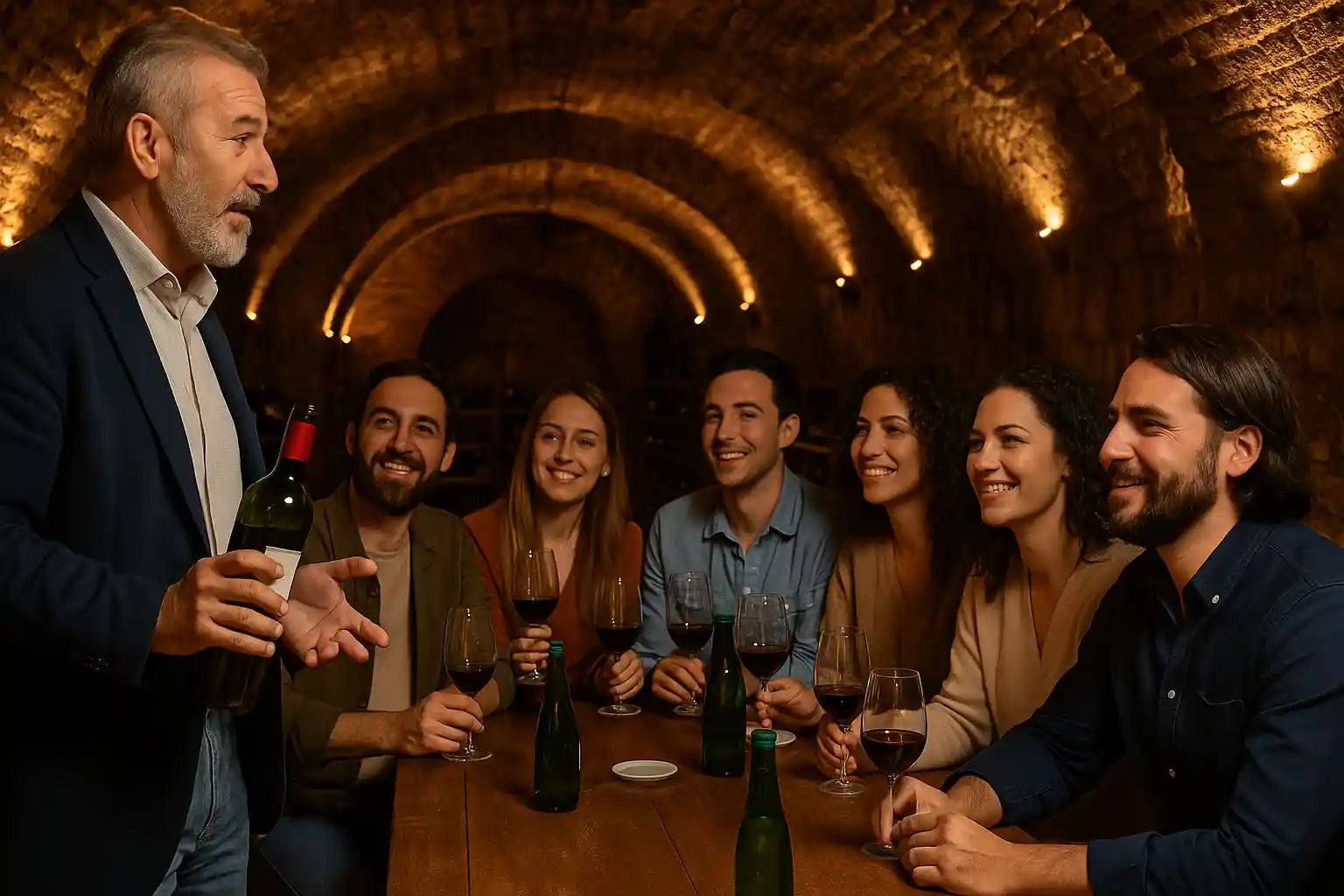Regional Madrid Wineries – Guided Tour, Tastings & Easy Day Trip

Madrid is better known for art museums and royal squares than vineyards, yet wine has quietly shaped the region’s landscape and kitchens for centuries. The Denominación de Origen Vinos de Madrid spans several subzones radiating from the capital, each with its own altitude, soils and grapes. A guided tour connects these dots in one effortless arc: a morning drive through cereal fields and olive groves, a late-morning cellar walk, and unhurried tastings that make the labels on your Madrid wine list suddenly feel personal.
Where you’ll sip: the subzones explained
Most day tours focus on two or three areas, balancing distance with variety:
- Arganda (southeast): the largest subzone. Expect Tempranillo (a.k.a. Tinto Fino) in supple reds, clean Malvar whites with texture, and clay-limestone soils that give an earthy backbone.
- Navalcarnero (southwest): gentle slopes and sandy layers soften tannins. Reds trend juicy and approachable; rosés sneak in during spring and summer.
- San Martín de Valdeiglesias (west): higher elevation by the Sierra de Gredos foothills. Old-vine Garnacha shines here—fragrant, pale to mid-hued, and elegant rather than heavy.
- El Molar (north): newer to the DO and increasingly exciting, with altitude-driven freshness in both reds and whites.
Your guide will translate this geography into the glass: how elevation cools nights and preserves acidity; how granite versus limestone underfoot shapes the feel of a wine; why older bush vines behave differently than trellised rows. It’s not a lecture so much as a sensory map—you taste the terrain.
What a typical winery day looks like
Pickup is central Madrid—often near Puerta del Sol or Plaza de España—in a small group vehicle. The countryside rolls by quickly, and within 45–70 minutes you’re stepping onto a winery patio where vine rows meet the horizon. The first stop usually anchors the “how it’s made” story: a walk through fermentation spaces (stainless steel, concrete, occasionally amphora), a peek at barrel rooms lined with American and French oak, and a primer on regional grapes. Tastings start with two or three wines, poured alongside local olive oil, cured cheese or a tosta.
The second bodega often contrasts the first—perhaps a family-run estate with clay tinajas instead of barrels, or an organic producer working with spontaneous fermentations. Here you might taste an altitude Garnacha next to a Tempranillo from slightly warmer slopes, noticing texture and spice shift from glass to glass. Some itineraries add a third stop for sparkling or dessert wines; others fold in a village pause for a rustic lunch, where chorizo and seasonal vegetables set the stage for the afternoon pours.
- Start: 8:30–9:30 pickup, depending on route and season.
- Stops: 2–3 wineries, 2–3 wines at each (drivers stay dry).
- Return: Back in Madrid by late afternoon—perfect for a siesta or evening flamenco.
Grapes & flavor snapshots
Tempranillo: Think red cherry, plum skin, a hint of tobacco or vanilla if oak-aged. In Madrid it often skews fresher than in heavier-climate regions, making it adaptable from tapas to roasted meats.
Garnacha: The darling of San Martín. Pale-ruby, perfumed (strawberry, white pepper, dried herbs), light-feeling but surprisingly complex. Chill it gently in summer.
Malvar & Albillo Real: Whites with Spanish character. Malvar brings orchard fruit and a faint almondy finish; Albillo Real can be waxy-textured with floral notes—lovely with semi-cured cheeses.
Crianzas & Robles: You’ll meet the Spanish ageing ladder. Roble = a brush with oak; Crianza = more time in barrel and bottle, smoothing edges; Reserva and Gran Reserva less common here but occasional treats.
How to taste without overthinking
- Look: Tilt the glass over a white surface; notice clarity and color concentration.
- Swirl & smell: Two small swirls, then short sniffs—fruit first, then spice, then something earthy or floral.
- Sip with air: A gentle slurp lifts aromas; focus on texture—silky, firm, or grippy?
- Pairing nudge: Imagine the wine with jamón, roast peppers, or lamb chops; if your mouth says “yes,” you’re set.
Best season to go
Spring is green vineyards, mild temps, and early bottlings. Summer brings bright mornings and hot afternoons (air-conditioned cellars feel glorious). Early autumn can overlap with vendimia (harvest)—a chance to see sorting tables in action. Winter swaps vines for barrel coziness and longer chats with winemakers; layers recommended.
Winery etiquette & practical tips
- Eat first: A light breakfast helps you appreciate more than one flight.
- Hydrate: Alternate water and wine; you’ll feel sharper and enjoy more nuance.
- Ask away: Vignerons love questions—about pruning, barrels, or labels you see in Madrid restaurants.
- Shoes: Closed-toe for cellar floors; bring a layer—barrel rooms are cool.
- Buying wine: Cellar-door prices can be friendly; ask about travel-safe packaging.
Booking smart
Tours sell out on weekends and during harvest. We like timed, small-group options with flexible cancellation and hotel-area pickup. Compare inclusions (number of wineries, lunch, premium tastings) and language options. Start here:
- Guided Wineries Tour (GetYourGuide) – curated day trip with multiple tastings.
- Spain Destinations hub – stitch the tour into a broader route.
Pairing your wine day with Madrid evenings
The beauty of a winery day from Madrid is contrast: vineyards by day, city glow by night. After a rinse-and-reset at your hotel, glide into an intimate flamenco show—the pace of palmas and guitar pairs perfectly with a lingering Crianza over late tapas. If you’re learning Spanish, capture a few wine words (barrica, crianza, vendimia) and fold them into your studies with our DELE prep; the vocabulary sticks when it’s attached to flavor.
Alternatives if you’re short on time
No full day? Try a half-day route to one subzone, or a Madrid city tasting flight at a quality wine bar to preview styles before committing. Some operators offer evening tastings with local cheeses so you can keep museum time intact.
